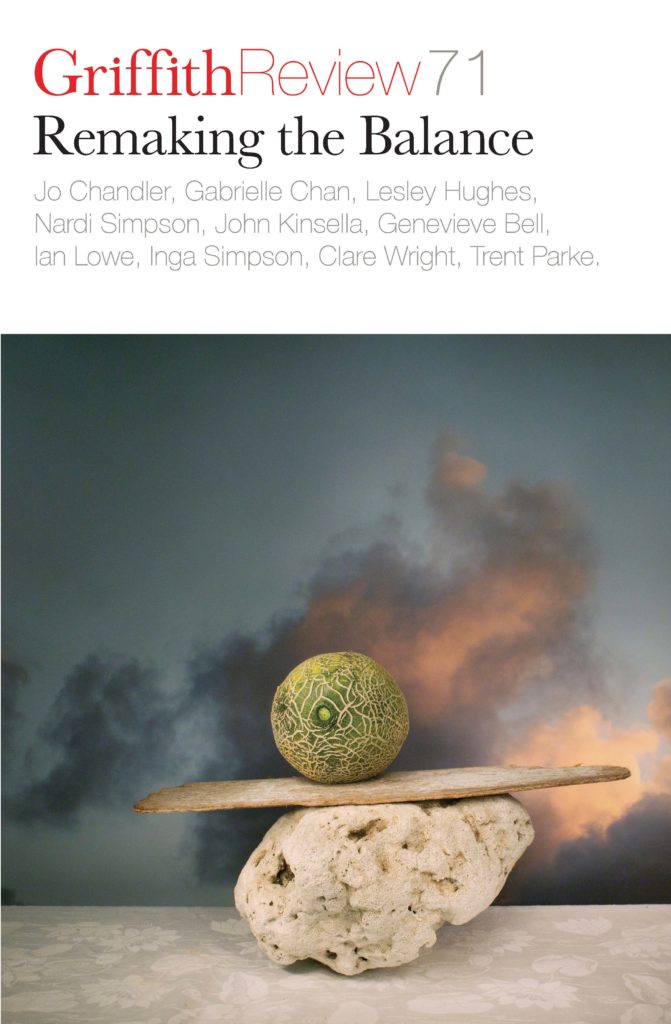Featured in

- Published 20210202
- ISBN: 978-1-922212-56-6
- Extent: 264pp
- Paperback (234 x 153mm), eBook
In discussing the visual imagination, Italian author Italo Calvino champions one that ‘starts with the visual image and arrives at its verbal expression’, one that ‘would accustom us to control our own inner vision without suffocating it or letting it fall…into confused, ephemeral daydreams, but would enable the images to crystallize into a well-defined, memorable, and self-sufficient form, the icastic form’. ‘Icastic’ is an obsolete word in English, though common in Italian, meaning ‘figurative’.
The following is a recorded sample of a broader multimodal work titled A recombinant history of Australian camels. This project combines historical research, creative writing, digital functionality and archive materials to imagine a camel bloodline that spans the entire history of Australian camels (that is, 1840–present). Drawing on copyright-free material from the Fryer Library at the University of Queensland, the State Library of Queensland, the State Library of South Australia, the National Library of Australia, the State Library of New South Wales, State Library Victoria and web searches, these images are arranged and recombined to evoke the mood of the fictional sequences.
This piece employs an icastic form. The image of the camel is consistently drawn from Australian archives (consistency, like visibility, is one of Calvino’s ‘six memos’ or values he deemed crucial to literature as it moved into our millennium). The work also employs ‘recombinant poetics’, a term coined by media theorist Bill Seaman. In such poetics, Seaman argues, computer code ‘enables a jump from literary invention to literally inventing’. As the entirety of the Australian archive, history and experience is far too vast and weighty for any one person or print piece to encompass, new modes and media are requisite to ‘lighten’ our engagement. ‘Lightness’, too, is yet another of Calvino’s values for us and our literature in the current millennium.
Share article
More from author

ヴェブレン OK
(The Veblen Good)
MediaAt last year’s Queensland Literary Awards, David Thomas Henry Wright received the QUT Digital Literature Award for an exceptional work of transmedia or digital...
More from this edition

Verdigris
MemoirCOPPER IS AMONG the earliest of metals to be used by humans, and has been smelted, cast and moulded for over ten thousand years....

Breaking new ground
EssayIT WAS NEVER part of my plan to move to a farm. The landscape is Wiradjuri country, bought from previous farmers in the 1920s...

Qualifying ode to experience
Poetry‘The world is all that is the case.’ Wittgenstein but not a newsfeed, not really... A person isn’t a noun or an abstract noun. When the termites swarm...